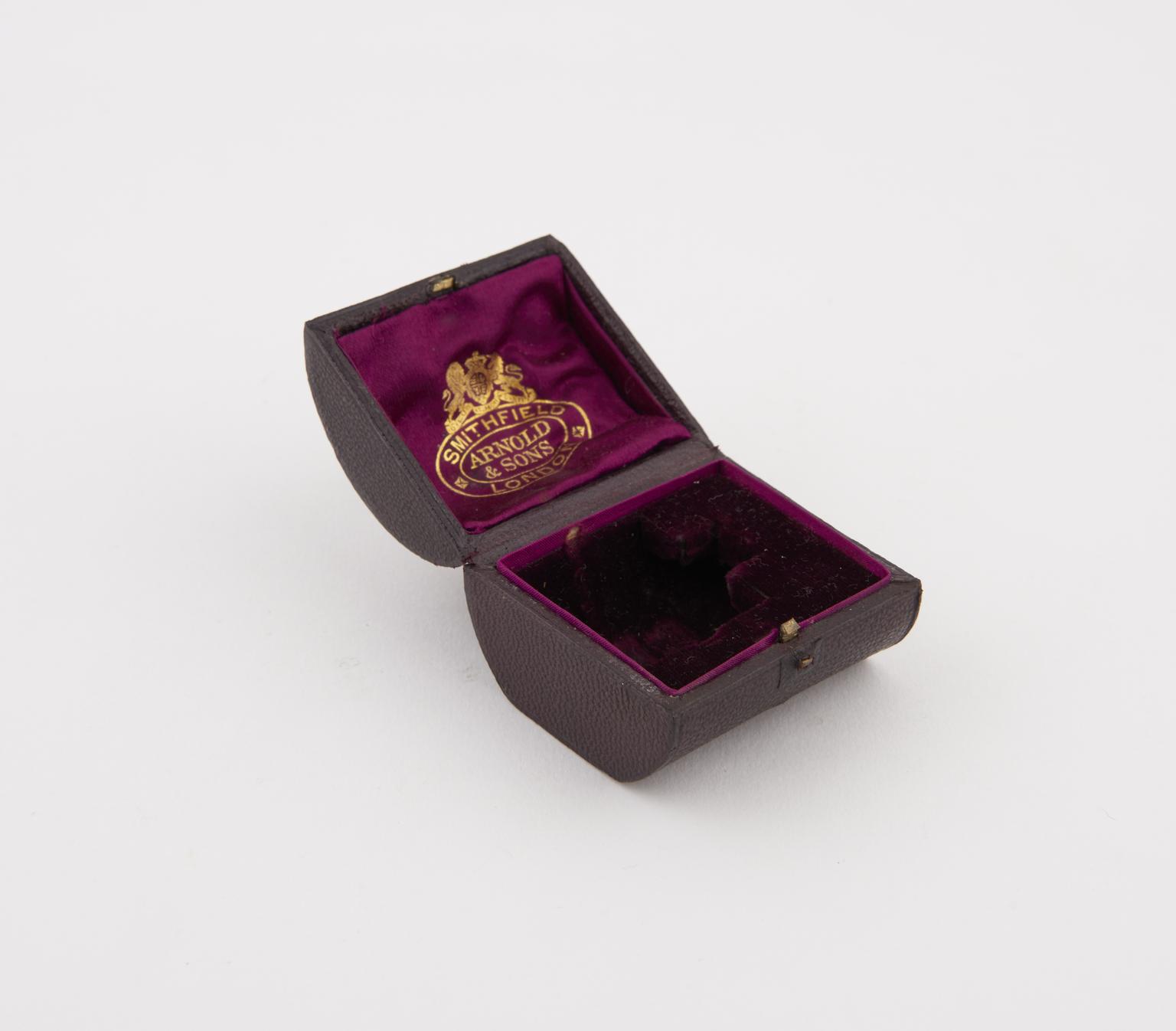Mallam-type vaccinator, London, England, 1874-1900
- Materials:
- vaccinator, brass , case, leatherette , lining, velvet and lining, silk
- Object Number:
- A654039/1
- type:
- vaccinator


Mallam's vaccinator, cased, patented and manufactured by Arnold and Sons, London, 1874-1900
A number of different devices were invented to give smallpox vaccinations. Invented by Mallam in 1874, this device is curved to fit a child’s arm. Four double blades are triggered using the lever on top. All of the blades would have been prepared by being dipped in lymph material from the pustule of a person who had already been vaccinated. Pustules are skin blisters filled with pus that appear approximately five to eight days after vaccination. Vaccination did not give life-long immunity. Using human lymph became illegal in Britain in 1898 as it was found to spread other diseases, such as syphilis. Instead, specially prepared animal lymph was used.
